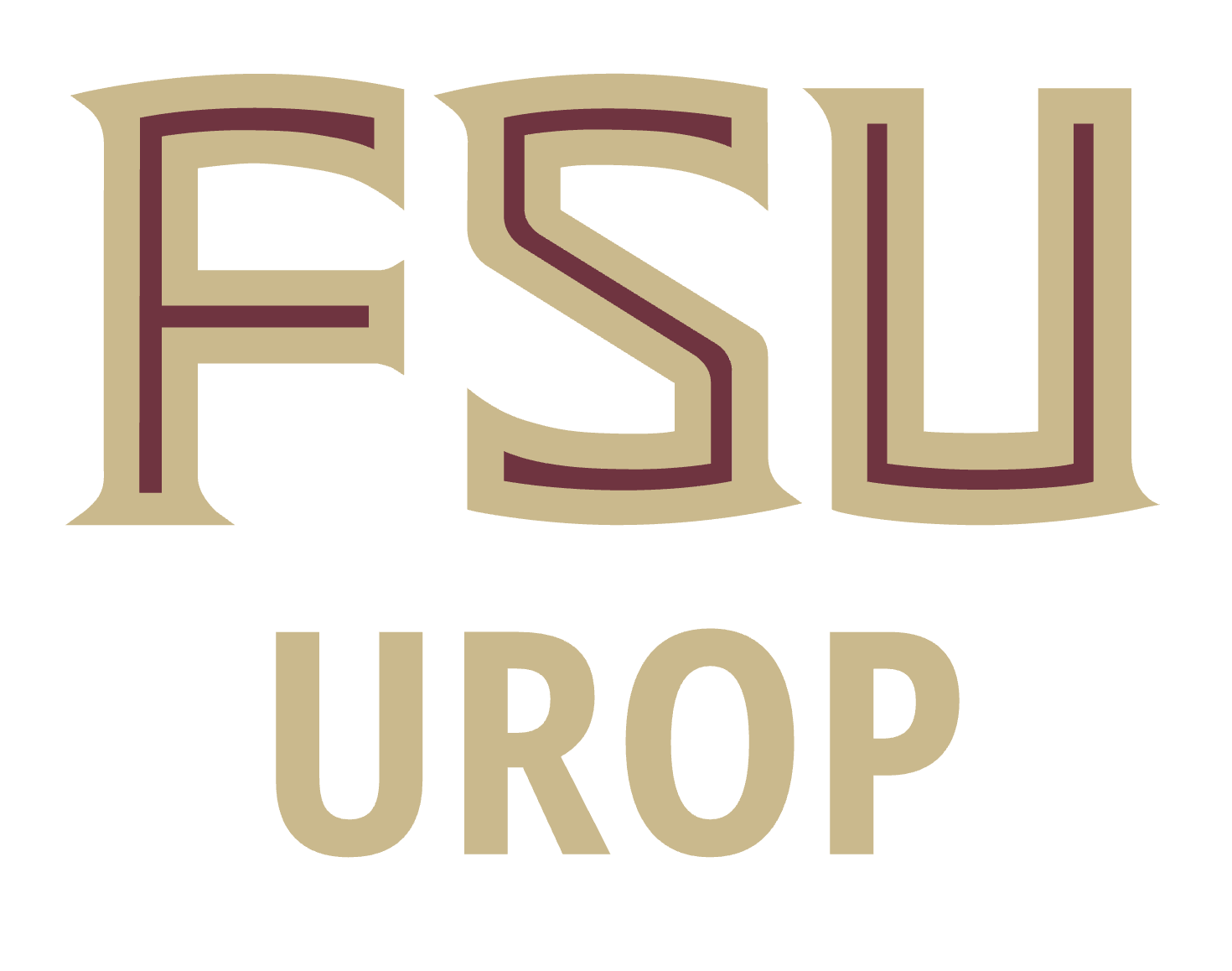UROP Project
Multiscale Modeling of VWF Protein Dynamics in Glucose Rich Blood Flow
Diabetes, VWF Polymer, Lattice-Boltzmann, Langevin Dynamics, Implicit Solvent Intermolecular potential

Research Mentor: Prof. Leo Liu,
Department, College, Affiliation: Chemical and Biomedical Engineering, FAMU-FSU College of Engineering
Contact Email: zl22d@fsu.edu
Research Assistant Supervisor (if different from mentor): Mr. Connor Willis
Research Assistant Supervisor Email: lwillis2@fsu.edu
Faculty Collaborators:
Faculty Collaborators Email:
Department, College, Affiliation: Chemical and Biomedical Engineering, FAMU-FSU College of Engineering
Contact Email: zl22d@fsu.edu
Research Assistant Supervisor (if different from mentor): Mr. Connor Willis
Research Assistant Supervisor Email: lwillis2@fsu.edu
Faculty Collaborators:
Faculty Collaborators Email:
Looking for Research Assistants: Yes
Number of Research Assistants: 2
Relevant Majors: Engineering, Chemistry, Biochemistry, Physics, Math, Computational Science or any other relevant major
Project Location: FAMU-FSU College of Engineering
Research Assistant Transportation Required: there is public transportation, via FSU shuttle to innovation park Remote or In-person: In-person
Approximate Weekly Hours: 10, During business hours
Roundtable Times and Zoom Link:
Not participating in the roundtable
Number of Research Assistants: 2
Relevant Majors: Engineering, Chemistry, Biochemistry, Physics, Math, Computational Science or any other relevant major
Project Location: FAMU-FSU College of Engineering
Research Assistant Transportation Required: there is public transportation, via FSU shuttle to innovation park Remote or In-person: In-person
Approximate Weekly Hours: 10, During business hours
Roundtable Times and Zoom Link:
Not participating in the roundtable
Project Description
Introduction: The number of people with diabetes in the world is expected to increase to 693 million people by 2045[1]. Furthermore, patients with diabetes are susceptible to hyperglycemia, meaning an increase in blood glucose levels. We have experimental evidence suggesting that an increase of sugar molecules increases the shear threshold for shear-induced unfolding of von Willebrand factor (vWF) glycoprotein. The vWF biomolecule is a glycoprotein responsible for platelet adhesion, coagulation, and blood clotting and its deficiency, dysfunction, or disruption can lead to various bleeding disorders[2]. Additionally, under normal conditions, after a certain shear threshold, vWF’s various binding sites that cause platelet adhesion and clotting are exposed by shear-induced unfolding. Hence, any disruption in the tolerance to vWF elongation is detrimental to normal blood-clotting and hemostasis.Motivation: Because vWF is a multimer, it can be approximated as a polymer in molecular models for use in simulations. Currently, vWF intermolecular interactions are modeled using a Lennard-Jones 12-6 (LJ) intermolecular potential[3]. However, the current model does not include explicit solvent-particle intermolecular interactions. Instead, solvent interactions are included via particle translation resistance and thermal fluctuations, both of which depend on solvent (blood) viscosity. However, the presence of sugar in the simulation affects both the viscosity and solvent-induced molecular effects (like hydrophobicity). Hence, to more accurately model vWF-glucose interactions in the hyperglycemic blood, an intermolecular potential that can better capture the intermolecular interactions, implicitly, is needed. Moreover, having a physics-based model that separates these two effects, viscosity and molecular interactions would be predictive of this effect and potentially lead to better patient outcomes.
Plan: Using an in-house Lattice-Boltzmann coupled Langevin-dynamics (LB-LD) code[3], vWF glycoprotein will be simulated in blood flow under a range of glucose concentrations to gain insight into mechanisms leading to observed experiments. Instead of explicitly modeling the glucose molecules, an implicit solvent potential, based on multibody interactions will be used. The goal is to address the hypothesis that elevated glucose levels cause the vWF shear-induced unfolding threshold to elevate because of unfavorable intermolecular interactions. Additionally, while testing the hypothesis, deeper insight into the mechanisms causing the behavior will be gained.
The hypothesis will be tested using the following objectives:
Objective 1: Incorporate the new potential into the LB-LD framework.
Objective 2: Verify it was incorporated correctly against previous zero-to-low glucose concentration simulations.
Objective 3: Validate against experimental observations, gain deeper in-silico insight into mechanisms causing stymied shear-induced vWF unfolding, and eventually support or offer an alternative hypothesis.
[1] A. S. Alsharidah, “Diabetes mellitus and diabetic nephropathy: a review of the literature on hemostatic changes in coagulation and thrombosis,” Blood Res, vol. 57, no. 2, pp. 101–105, Jun. 2022, doi: 10.5045/br.2022.2021204.
[2] G. A. Cortes, M. J. Moore, and S. El-Nakeep, “Physiology, Von Willebrand Factor,” in StatPearls, Treasure Island (FL): StatPearls Publishing, 2024. Accessed: Aug. 18, 2024. [Online]. Available: http://www.ncbi.nlm.nih.gov/books/NBK559062/
[3] Z. Liu, Y. Zhu, J. R. Clausen, J. B. Lechman, R. R. Rao, and C. K. Aidun, “Multiscale method based on coupled lattice‐Boltzmann and Langevin‐dynamics for direct simulation of nanoscale particle/polymer suspensions in complex flows,” Int J Numer Meth Fluids, vol. 91, no. 5, pp. 228–246, Oct. 2019, doi: 10.1002/fld.4752.
Research Tasks: Literature Review, Simulation Submissions on RCC Cluster, Data Collection, Data Analysis, Scientific Writing, and Presentation
Skills that research assistant(s) may need: Required: Willingness to learn, Computer competency, Basic understanding of classical mechanics
Recommended: Prior coding knowledge, Basic knowledge of fluid mechanics, thermodynamics and statistical mechanics
Mentoring Philosophy
When mentoring students, the philosophy used emphasizes independence and critical thinking by assigning independent tasks and having frequent meetings to offer clear guidance and boundaries. By allowing independence, the mentee can explore their own creativity and perseverance while also developing strong problem solving and applicable hard skills. Additionally, because it is critical the students can work in interdisciplinary teams, the mentees will be required to communicate significant findings by writing technically, constructing posters, and leading presentations. The philosophy’s goal is to develop a well-rounded researcher who is independent, able to think critically and creatively, can rigorously apply the scientific method to computational science, and can clearly communicate their work.Additional Information
Int J Numer Meth Fluids, vol. 91, no. 5, pp. 228–246, Oct. 2019, doi: 10.1002/fld.4752Research Roundtable Meeting 9/3/24-9/6/24 13:00-13:30 link below, join to learn more:
https://teams.microsoft.com/l/meetup-join/19%3ameeting_ODYzNWM4OWMtYzRjNi00MTZjLTljN2UtNjU3MGQwY2ZkMDg4%40thread.v2/0?context=%7b%22Tid%22%3a%22a36450eb-db06-42a7-8d1b-026719f701e3%22%2c%22Oid%22%3a%22f85e9a81-ee16-40e7-8989-1796f83c7fb2%22%7d

